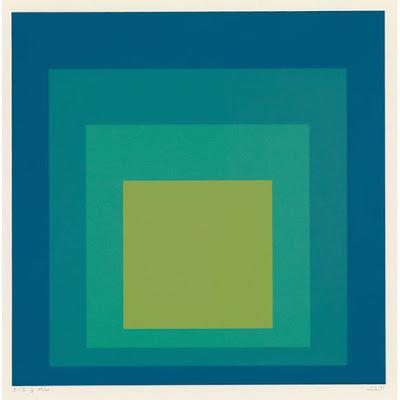
an artist or designer exploring color in their practice is much more important than studying color theory by itself). Experience is the greatest teacher of color (i.e.Albers practically elaborates on this point in the second half of the book through sharing a fascinating series of exercises and optical illusions that explore brightness and lightness All colors have two key elements – brightness (which can be understood as the color intensity) and lightness (a light’s intensity).

How people see color is highly subjective and varies dramatically between individuals.Albers makes the provocative statement in the book that ‘colour is the most relative medium in art.’ Colors are in a continuous state of flux and can only be understood in relation to the other colors that surround them.Some of the key principles that Albers presents in Interaction of Color include: The book is not so much a theoretical framework but an experimental approach that looks at how color can be studied in art and design. At its time of publication, the text created much controversy around its proposition of how people understand and interact with color. Originally printed in 1963, the text outlines a set of principles and teaching methods for understanding and perceiving color in different ways. Interaction of Color is a handbook and teaching resource for artists and designers that shares Albers’ theory of color. His influence on design education, continues to inspire young artists and designers today. At this time, he had been awarded 14 honorary doctorates from universities across Europe, Canada, and the United States. In 1971, Albers was the first living artist to have a solo exhibition at the Metropolitan Museum of Art in New York, passing away shortly after in 1976. It was during this time that he wrote one of his most famous books, titled The Interaction of Color (1963). He then moved on to take up the esteemed position of Head of Design at Yale. During his time at BMC he taught and inspired a new generation of artists such as Robert Rauschenberg and Willem de Kooning. When the Nazi’s forced the closure of the Bauhaus in 1933, Albers then migrated to America where he taught at the Black Mountain College, another experimental art school based in North Carolina. He firstly trained and worked as a primary school teacher before formally studying painting at the Royal Academy of Arts in Germany. He then taught at the revolutionary art school, the Bauhaus alongside renowned artists such as Paul Klee, Kadinsky and László Moholy-Nagy. Albers’ built his reputation as a both a renowned painter and object designer. Josef Albers (1888-1976) was a German-born artist, designer and educator.

Published by Yale University Press in 1963.


 0 kommentar(er)
0 kommentar(er)
